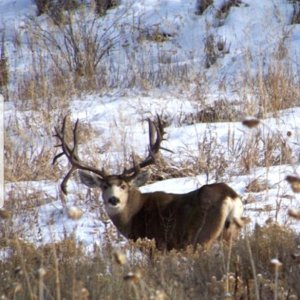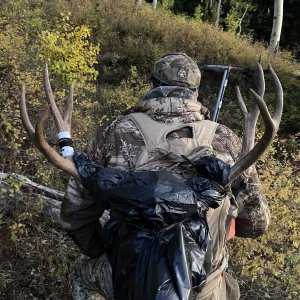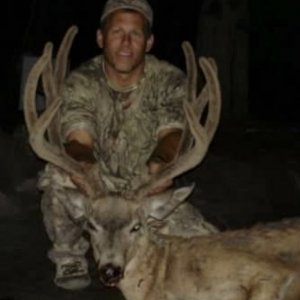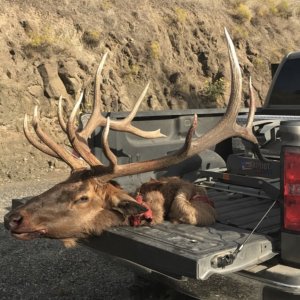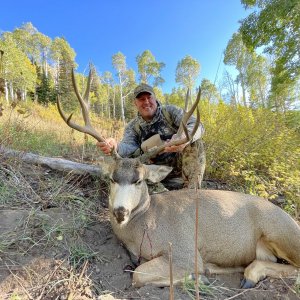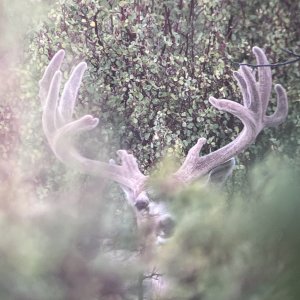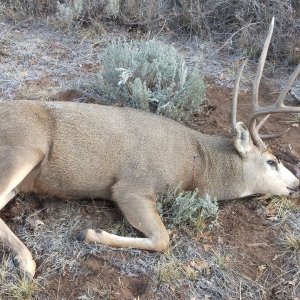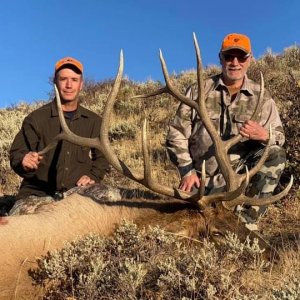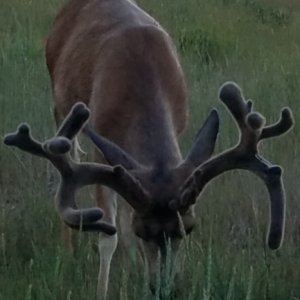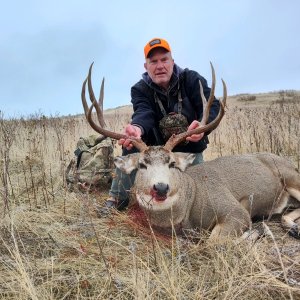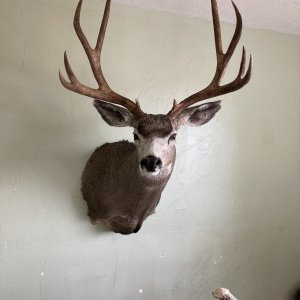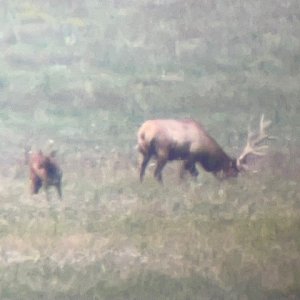B
bounds
Guest
First off, this is my first post, so hello to all and thanks for having me. I've been on a number of other forums pretty regularly over the years but am finally looking at a mule deer hunt this year so I figured that this is one of the best places to ask questions. So here I go...
I know that there are a lot of variables involved, but are mule deer still at or near timberline for the first rifle hunt (mid October)? A couple of buddies and I have been building points in Colorado for a number of years and are trying to decide where to focus our attention.
I know that the weather largely dictates when the deer start heading to lower elevations, but for those of you who have spent some time up high in mid October, are you still seeing bucks up there?
We have hunted above timberline in 751 during archery season and grew up camping there in the summers and have seen some pretty big deer. I just don't know if a month is going to make all the difference and they won't be in the areas we know well.
We have been planning on a rifle hunt, but we don't know the lower elevations very well. Would it be better to do muzzleloader in September and be able to hunt the areas we are familiar with and have seen big deer in? Or is it fairly likely that the big boys will still be holed up in the high country in first rifle season, despite the possibility of some early weather?
Thanks for the help!
I know that there are a lot of variables involved, but are mule deer still at or near timberline for the first rifle hunt (mid October)? A couple of buddies and I have been building points in Colorado for a number of years and are trying to decide where to focus our attention.
I know that the weather largely dictates when the deer start heading to lower elevations, but for those of you who have spent some time up high in mid October, are you still seeing bucks up there?
We have hunted above timberline in 751 during archery season and grew up camping there in the summers and have seen some pretty big deer. I just don't know if a month is going to make all the difference and they won't be in the areas we know well.
We have been planning on a rifle hunt, but we don't know the lower elevations very well. Would it be better to do muzzleloader in September and be able to hunt the areas we are familiar with and have seen big deer in? Or is it fairly likely that the big boys will still be holed up in the high country in first rifle season, despite the possibility of some early weather?
Thanks for the help!

